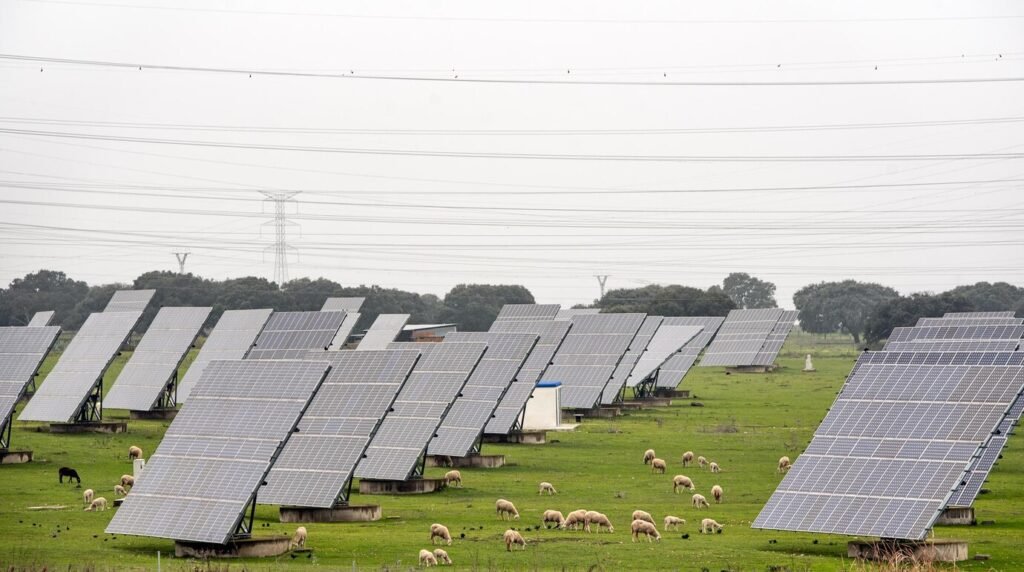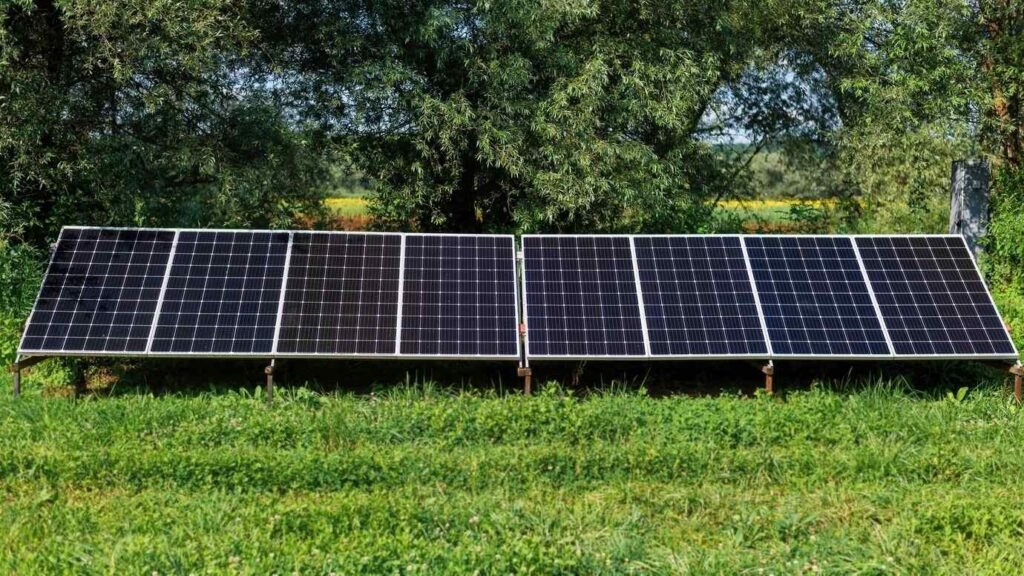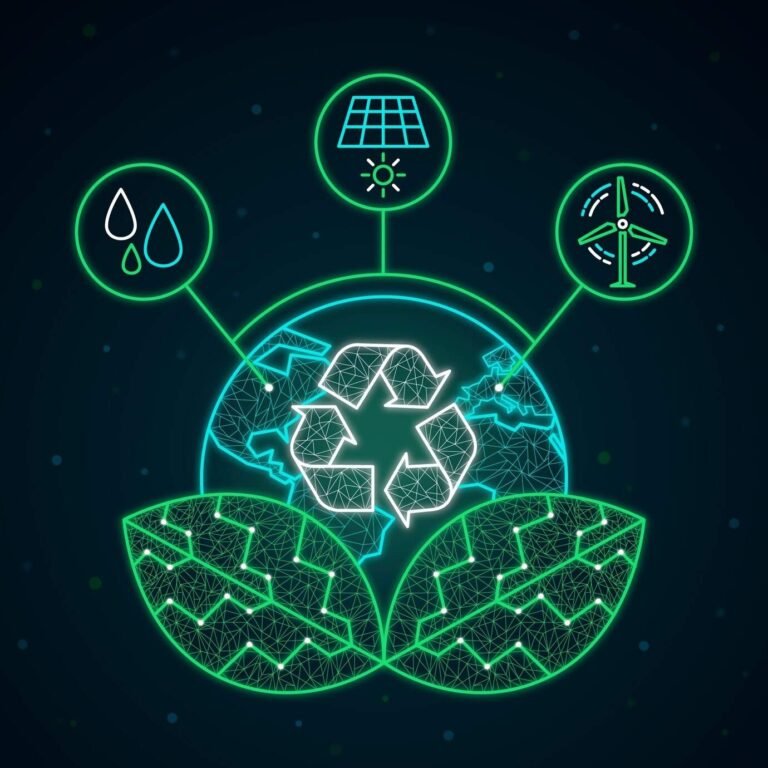In 2025, public acceptance of solar farms is no longer just about clean energy—it’s also about what happens on the land underneath them. When solar installations are paired with crops or livestock, a technology known as agrivoltaics, local communities increasingly respond positively. According to a survey in Germany of nearly two thousand adults, 81.8 percent said they would be more likely to support solar development if it integrated agricultural production. This is a marked increase over general solar acceptance, which hovered at about 71.8 percent.
In the United States, industry research supports these findings. A technical report from the American Farmland Trust and NREL highlights that agrivoltaics allows solar sites to remain productive farmland, increasing farmer revenues and strengthening community goodwill. Meanwhile, a national survey by Solar + Farms Insights (SI2) found that over 70 percent of American farmers are open to agrivoltaics, provided they can continue farming. These strong figures reveal that pairing food and energy production directly addresses the land‑use concern many people have with sprawling solar arrays.

Examples of How Agrivoltaics Is Earning Trust and Support
One of the most compelling examples is Big Lake in Minnesota. Built as a dual-use solar farm operated collaboratively by US Solar, Connexus Energy, and Big River Farms, it allowed emerging farmers—many immigrants—to grow vegetables under and around solar panels. The project was certified by the state agricultural water quality program and earned a North American Solar Farm of the Year award. A farmer on site, Lillian, shared how she draws on her farming upbringing in Kenya and now grows organic kale, collards, and carrots locally. She says the project not only supports her livelihood but also brings fresh food to her community.
In Milam County, Texas, a report by AP News tells the story of another agrivoltaic innovation that took the form of solar grazing: around 3,000 sheep are used to mow grass beneath solar panels across 4,000 acres—an eco‑friendly alternative to gas‑powered mowers. This synergy supported sheep production and lowered vegetation maintenance costs for solar operators. The success of Texas Solar Sheep, now with over 8,000 animals and a growing staff, has helped mitigate local resistance to the solar site and fostered relationships between developers, ranchers, and rural communities.
Meanwhile, in Iowa, Iowa State University’s ongoing study at a 10‑acre agrivoltaics site near Ames has shown that certain vegetables—particularly ones sensitive to heat or drought—perform better in partial shade. In their first year of research, crops like salad greens thrived beneath the panels. This type of evidence helps local decision-makers assess the potential of agrivoltaic systems for maintaining farmland productivity.
What the Science and Industry Reveal About Social Acceptance
The social science is clear: agrivoltaics tends to outperform conventional solar farms in public approval, especially in agricultural communities.
A 2022 study by Pascaris, Schelly, Pearce, and colleagues asked if integrating farming with solar increases support for solar. They found that respondents prioritized income opportunities for farmers, visibility, benefits to the local economy, and fair distribution of those benefits. These are exactly the kinds of community values agrivoltaics can serve.
The University of Bonn followed up with a 2025 survey confirming that agrivoltaics was viewed as much more acceptable than open‑field solar parks, regardless of whether the agriculture was grazing, grain, or vineyards Willingness to pay a small premium on electricity bills was notably higher for agrivoltaic systems—on average about €20/year versus €12 for open solar.
Nevertheless, industry voices remind us that agrivoltaics is still rare. A Wall Street Journal analysis noted it makes up only around 1 percent of current solar generation. Developers often hesitate because integrated systems are more complex and costly to build and operate. According to one developer, presenting expected costs per watt results in deflated enthusiasm when compared to standard utility‑scale solar.
Still, federal programs like the U.S. Department of Energy’s FARMS initiative are investing in large‑scale agrivoltaic research, recognizing its potential to deliver economic benefits to farmers and rural communities.

Drivers of Acceptance: Why Agrivoltaics Resonates
First, it aligns with land efficiency. Dupraz’s early modeling showed agrivoltaic systems can increase land-use efficiency by up to 60–70 percent by co‑producing food and energy on the same land NREL+1sciencedirect.com+1. This directly counters the “solar vs food” narrative.
Second, it addresses economic and social equity. Farmers retain agency by continuing operations on their fields, whether growing vegetables or raising grazing livestock. That increases buy‑in from stakeholders and reduces NIMBY resistance.
Third, it taps into environmental and climate goals. A life‑cycle analysis of pasture‑based agrivoltaic systems found they can reduce greenhouse gas emissions by 69 percent and fossil energy use by 83 percent, compared to non‑integrated systems.
Fourth, real-life stories strengthen trust. In Texas, ranchers and neighbors say solar grazing softened the blow of a big installation moving into their county. In Minnesota, local food advocates and immigrant farmers feel empowered by access to land and training.
Fifth, researchers point out that demonstrating success at actual sites like Jack’s Solar Garden in Colorado or the InSPIRE network is essential. The “5 Cs” framework (Climate, Configuration, Crop selection, Community engagement, Contracts) developed by NREL summarizes technical and social success factors.
Community Case Studies: Quantitative Snapshot
Here’s an interactive-style summary table highlighting key agrivoltaic projects and outcomes:
| Location | Project Type | Community Response | Farmer Engagement | Noteworthy Outcomes |
|---|---|---|---|---|
| Big Lake, Minnesota | Crop farming under panels | High acceptance; Co‑op led | Emerging farmers trained | Award‑winning, supports local food access |
| Milam County, Texas | Sheep grazing under panels | Local approval renewed | Solar‑grazing business grew | Eco‑friendly maintenance, new livelihood jobs |
| Ames, Iowa | Vegetable crops under shade | Public tours offered | University‑led demonstration | Certain vegetables performed better than full sun |
| German survey regions | Grain, pasture, vineyards | 81.8% support if dual use | N/A | Higher willingness to pay for agrivoltaic power |
Voices from Experts and Farmers
Dr. Chelsea Schelly, a social scientist behind the 2022 public survey, says: “Community acceptance is fundamental to successful development.” She emphasizes that agrivoltaics bridges the gap between renewable energy goals and local agricultural values by addressing both food and energy goals in one project.
In Texas, solar asset manager James Hawkins observed, “The industry tended to rely on gas‑powered mowers, which kind of contradicts the purpose of renewables.” Adopting solar grazing not only lowers maintenance costs but also fits better with rural values.
Rob Davis, formerly with Connexus Energy in Minnesota, noted: “Building more solar farms taught us how these practices can benefit more of our members”—emphasizing how community‑centered agrivoltaic design becomes a model for utilities looking to engage cooperatives and constituents.
In Germany, University of Bonn researchers concluded that agrivoltaics is seen far more favorably than open‑space solar farms, regardless of the specific crop involved, proving the concept’s universal appeal.
Conclusion and Actionable Advice
Agrivoltaics is more than a technical innovation—it’s a strategy for elevating public trust in solar energy. By keeping farmland active, supporting local farmers, and offering visible co‑benefits, agrivoltaics tends to overcome traditional local resistance to solar farms.
If you are a policymaker or planner, consider:
- Incentivizing dual‑use solar through grants or subsidies.
- Adopting regulations that favor agrivoltaics rather than banning solar on farmland.
- Funding demonstration projects with local farmers and universities.
- Encouraging biodiversity or pasture integrations like pollinator habitats or managed grazing.
If you are a solar developer or farmer, consider:
- Partnering early with local farmers or cooperatives.
- Designing agrivoltaic systems with access for agricultural activity.
- Prioritizing crops or livestock compatible with partial shade and panel layouts.
- Engaging the community from the start—conduct listening sessions and field tours.
If you are a community member or advocate, consider:
- Attending public tours of agrivoltaic sites to see them firsthand.
- Asking developers how they plan to integrate farming into site design.
- Supporting policies that keep farmland productive even as solar expands.
The story of agrivoltaics isn’t just technical—it’s deeply human. It’s about how we produce food, generate energy, and build community trust. From sheep grazing under panels in Texas to immigrant farmers growing vegetables in Minnesota, real‑world experiences show this dual‑use approach can turn environmental tensions into community opportunities—and foster renewable energy acceptance in places that once opposed it.







